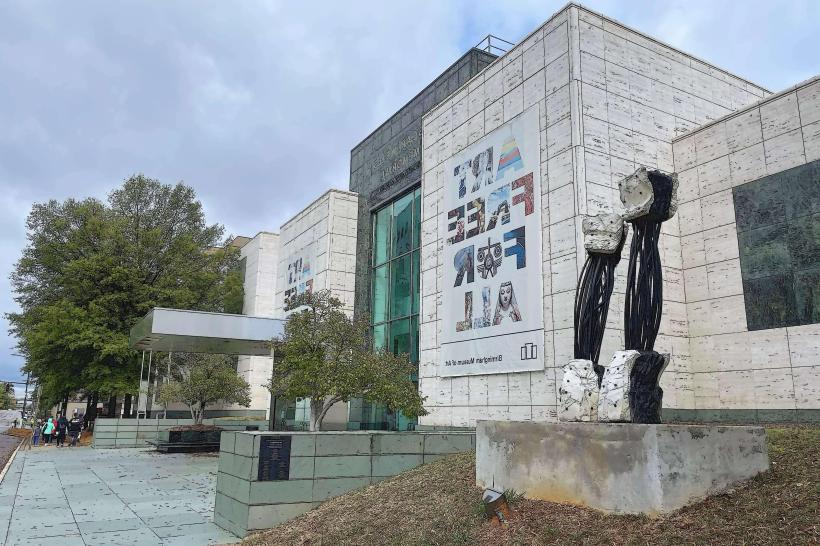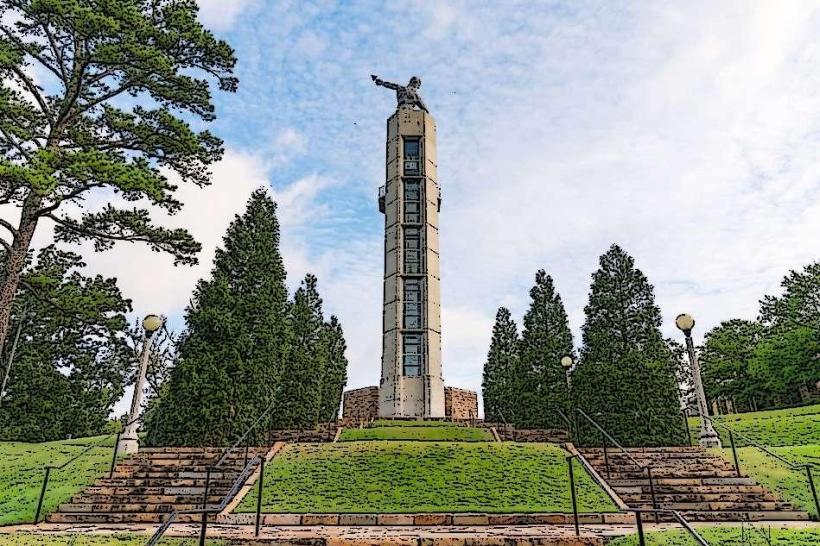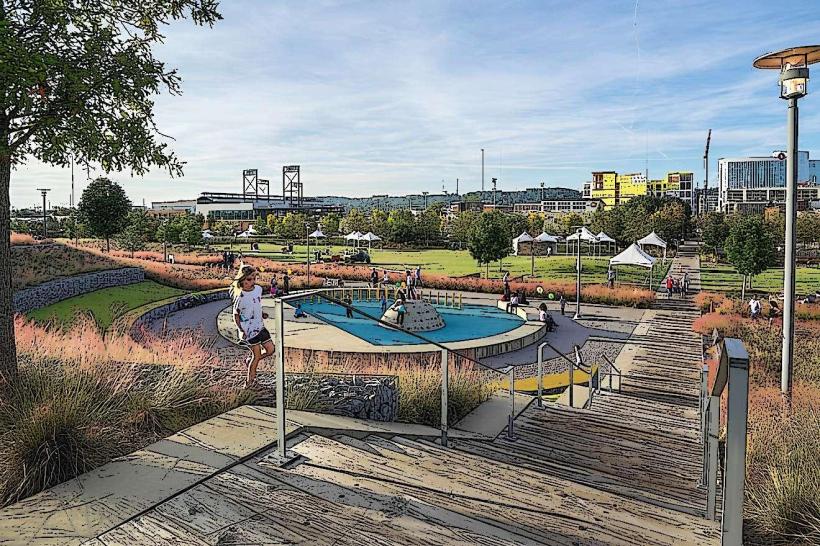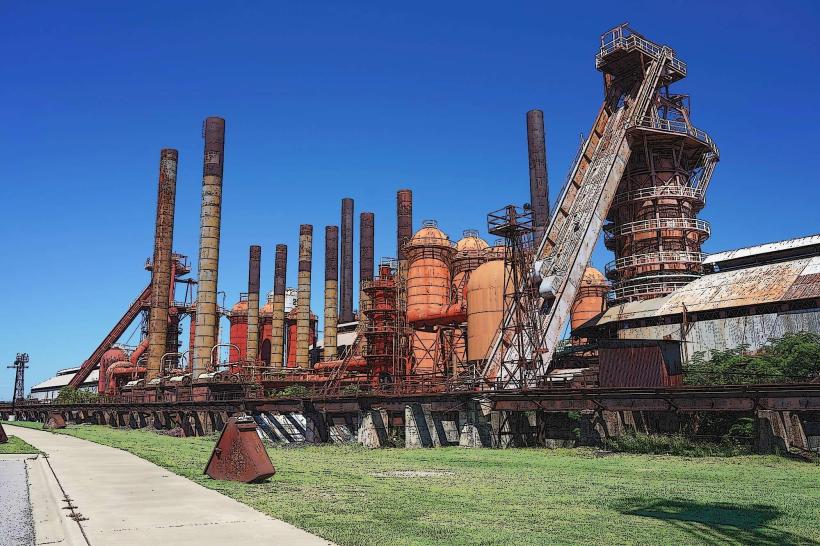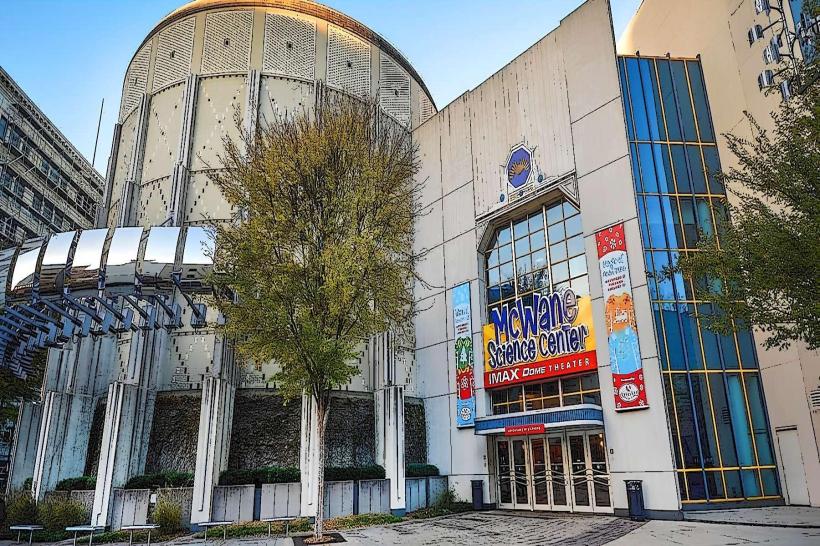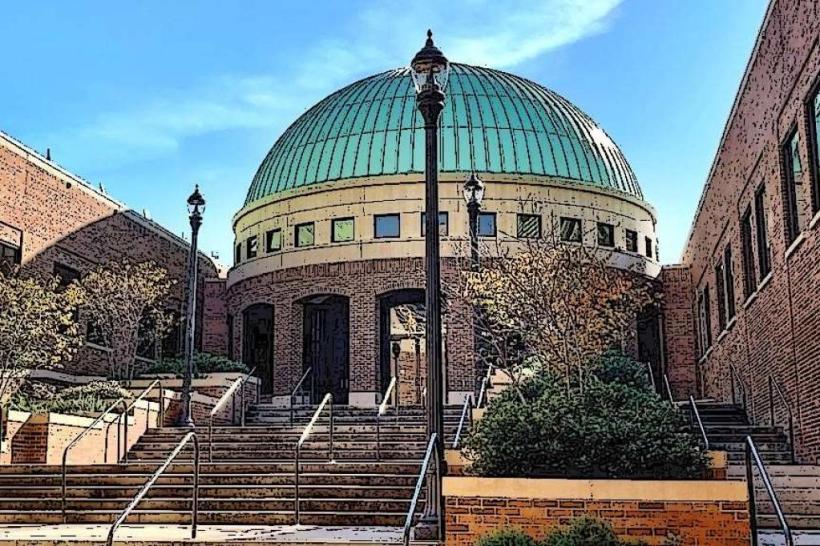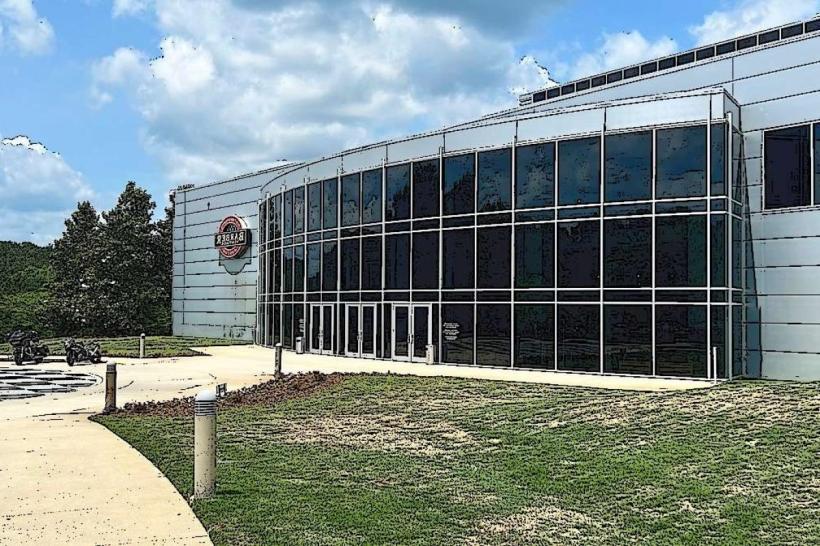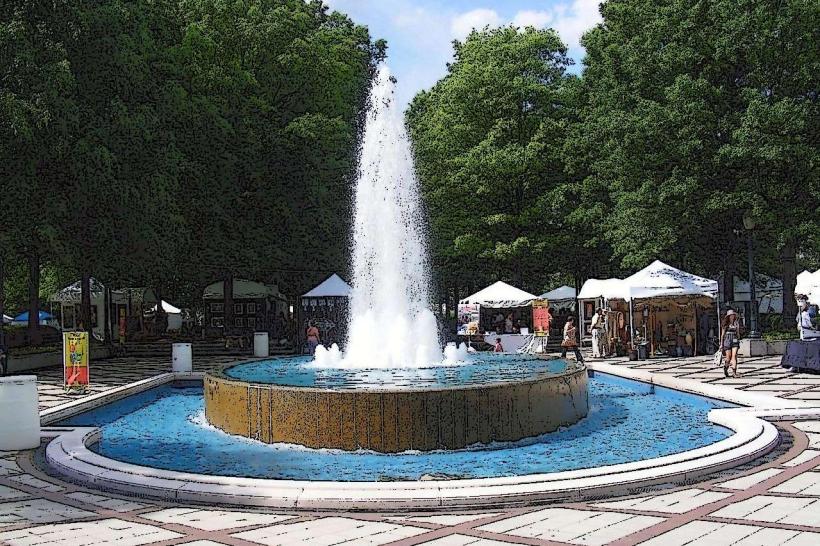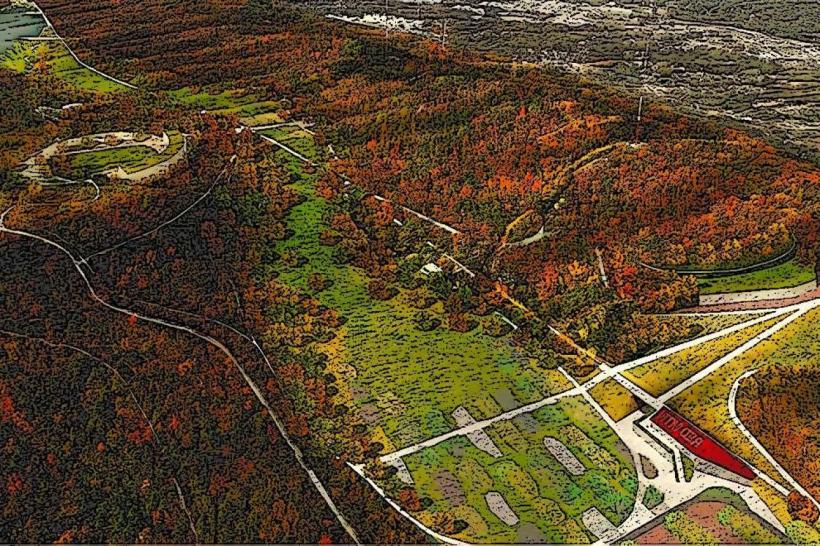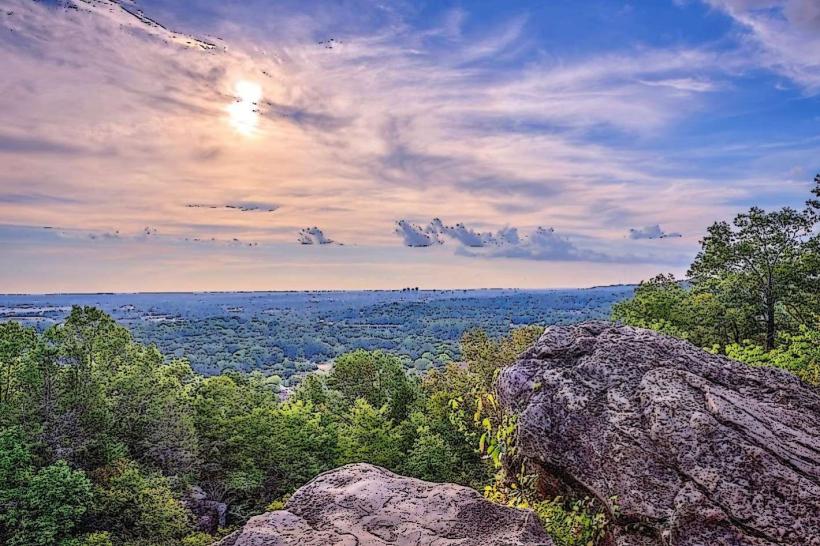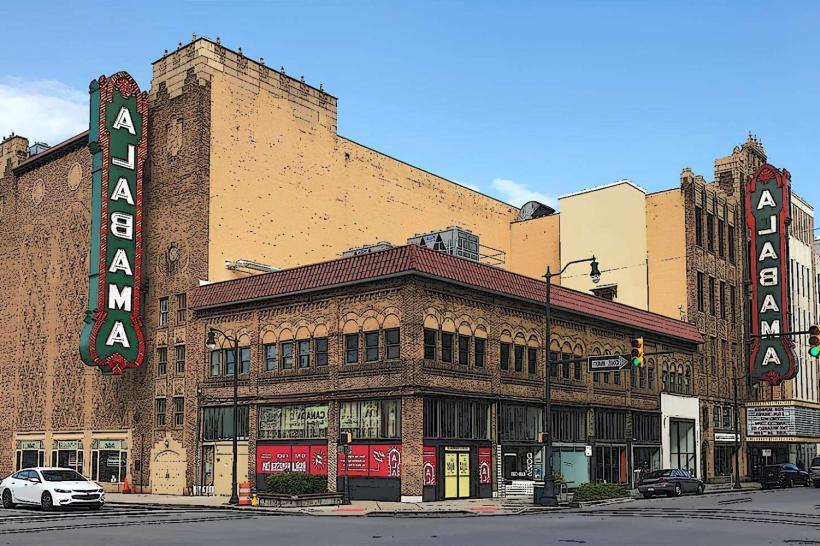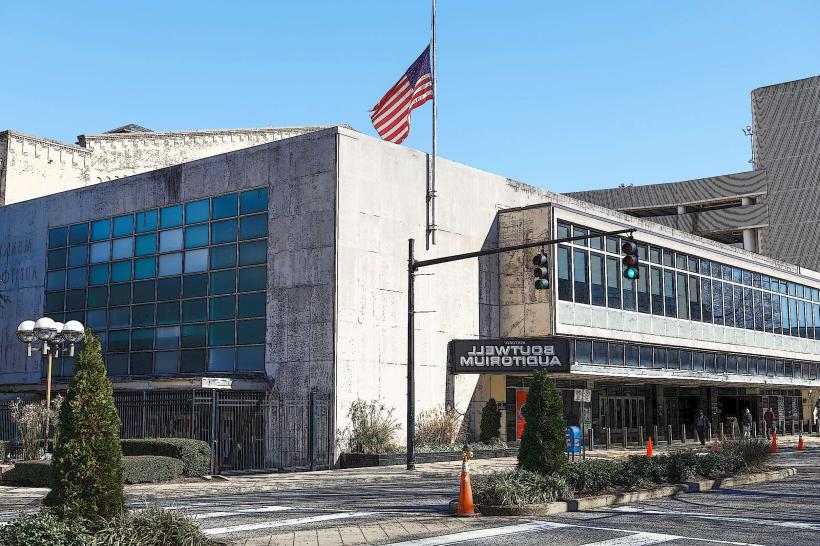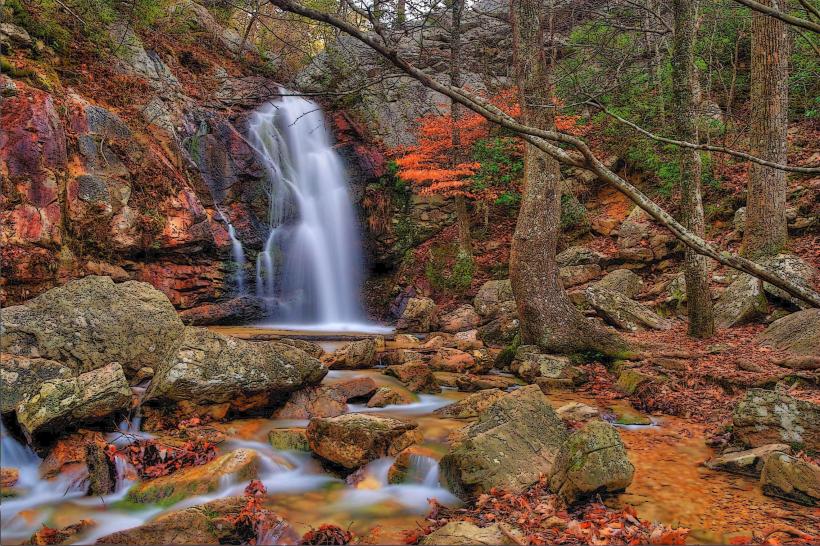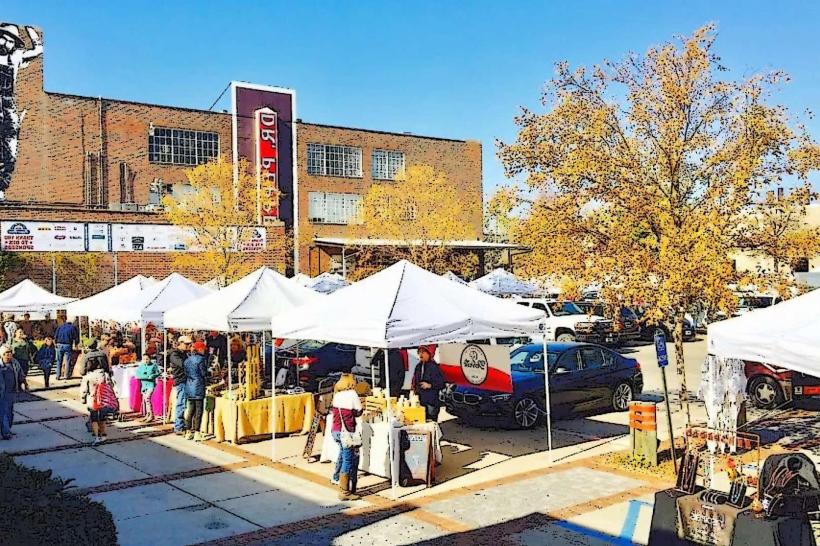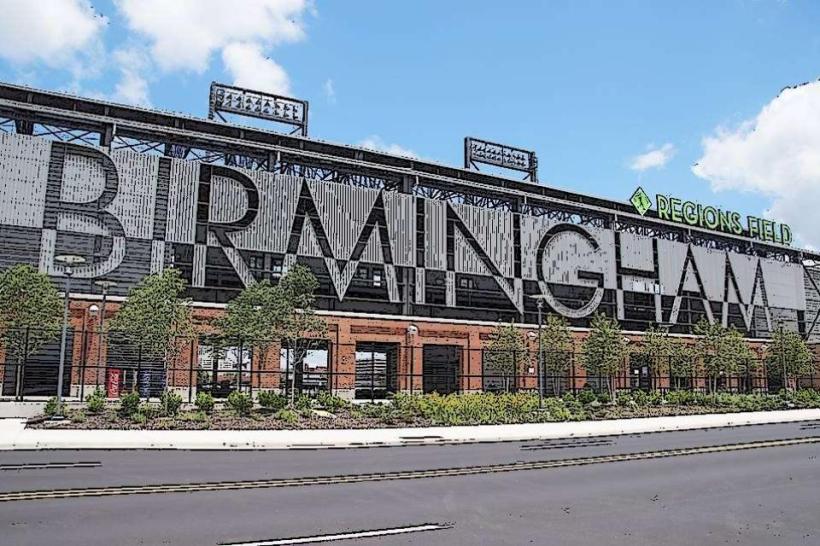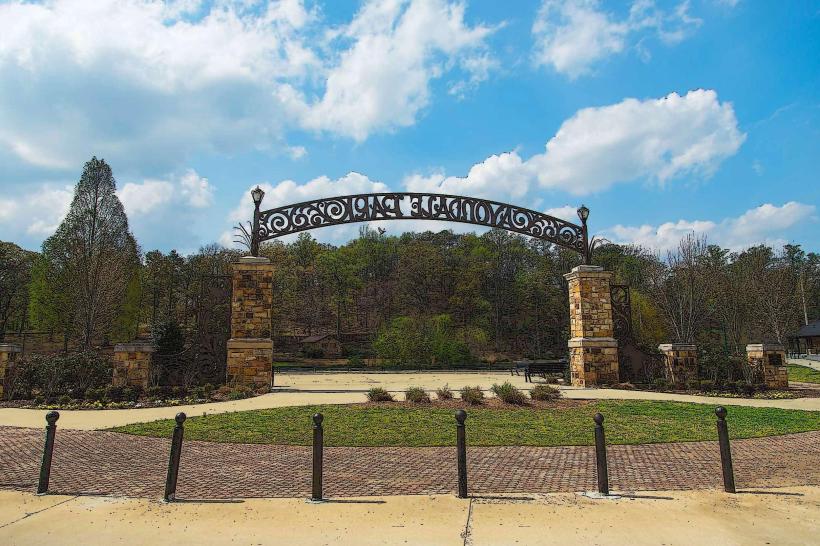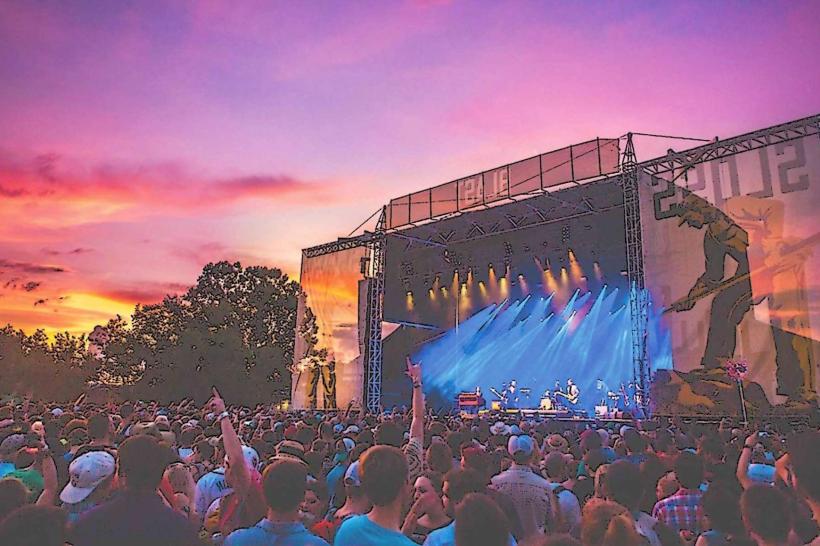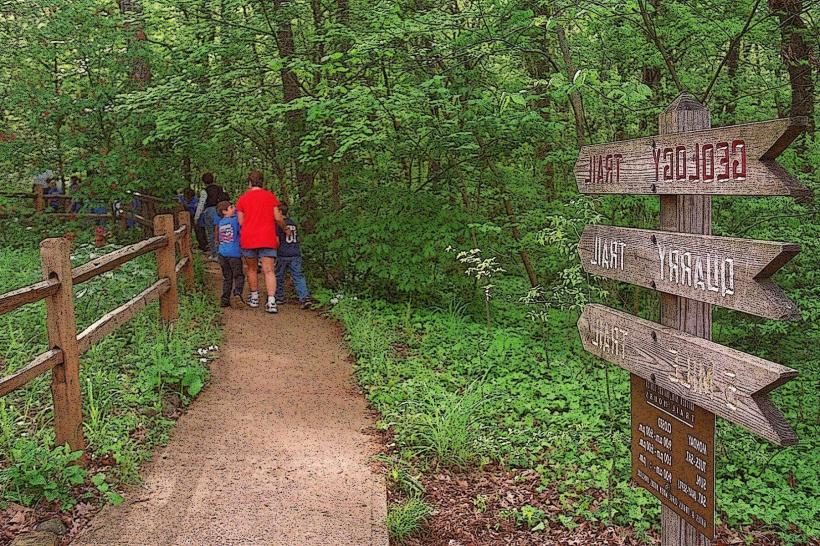Information
Landmark: Kelly Ingram ParkCity: Birmingham
Country: USA Alabama
Continent: North America
Kelly Ingram Park, Birmingham, USA Alabama, North America
Kelly Ingram Park is a historic and culturally significant public park located in downtown Birmingham, Alabama, within the Civil Rights District, just across the street from the 16th Street Baptist Church. The park is renowned for its pivotal role during the Civil Rights Movement of the 1960s, serving as a gathering place for demonstrations, marches, and confrontations that drew national attention to the struggle for racial equality.
Historical Context:
Originally established in the late 19th century as a city park, it was named West Park before being renamed Kelly Ingram Park in honor of local firefighter Charles Kelly Ingram.
During the Birmingham Campaign of 1963, the park became a staging ground for civil rights protests led by Dr. Martin Luther King Jr., the Southern Christian Leadership Conference (SCLC), and local activists.
Peaceful demonstrators, including children during the Children’s Crusade, faced high-pressure fire hoses, police dogs, and arrests, events that were widely photographed and broadcast, galvanizing public support for the Civil Rights Act of 1964.
Layout and Features:
The park spans several city blocks and is designed with walking paths, open green spaces, and shaded areas.
It contains dozens of sculptures and monuments commemorating civil rights leaders and events, creating a “living museum” that tells the story of the movement.
Significant features include:
Freedom Walk: A path lined with statues and plaques depicting key figures and moments in civil rights history.
Children’s Crusade Memorial: Honoring the young activists who participated in the 1963 protests.
Artistic Installations: Sculptures and bronze figures by artist James Drake, representing protesters and moments of resistance.
Gardens and benches provide quiet spaces for reflection amidst the historical exhibits.
Cultural and Educational Role:
Kelly Ingram Park functions as an outdoor museum, offering educational opportunities for students, visitors, and researchers.
Guided tours and self-guided walking paths allow visitors to learn about the Civil Rights Movement through visual storytelling.
The park is closely linked with nearby institutions like the Birmingham Civil Rights Institute and 16th Street Baptist Church, forming a cohesive historical district.
Events and Community Use:
The park continues to host commemorations, civil rights anniversaries, and cultural events, keeping its history alive within the community.
Annual ceremonies, such as the Children’s Crusade anniversary, draw both local residents and national visitors.
It also serves as a public space for gatherings, festivals, and civic events, blending historical education with contemporary community use.
Visitor Tips:
Visitors should allow 1–2 hours to explore the sculptures, memorials, and educational plaques fully.
Pairing a visit with the Birmingham Civil Rights Institute and 16th Street Baptist Church provides a comprehensive understanding of Birmingham’s civil rights history.
Photography is encouraged, as the sculptures and memorials are both visually striking and historically significant.
The park is accessible year-round and provides a contemplative space in the midst of the city’s downtown area.
Significance:
Kelly Ingram Park stands as a symbol of courage, resistance, and social change. Its statues, memorials, and preserved spaces tell the story of ordinary citizens who became extraordinary through activism, highlighting Birmingham’s central role in the national Civil Rights Movement. It is both a place of remembrance and a living tribute to ongoing struggles for justice and equality.

